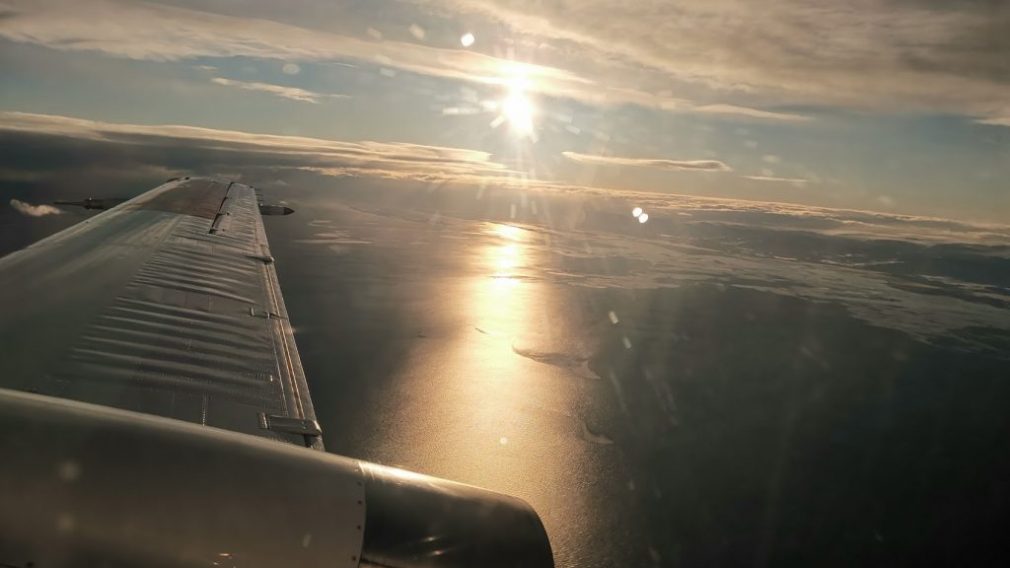A good aircraft heating was necessary to secure proper functioning of the on-board instrumentation during the airborne campaign that took place last November in the Arctic, flying between Ottawa and Iqaluit.
The campaign exploited several radars and lidars to measure cloud particles and precipitation by looking at signals bouncing off ice crystals and water droplets within a band of rain.
These measurements, carried out by a crew from National Research Council (NRC) and Environmental Climate Change Canada (ECCC), will be analysed during the recently started RainCast project to characterise the potential of future space-based measuring techniques in giving new insights on precipitation at high latitudes.
Such component of the weather system is essential to understand several Earth processes, such as the water cycle and the climate system.
Read more details about the campaign in the ESA campaigns at work.

